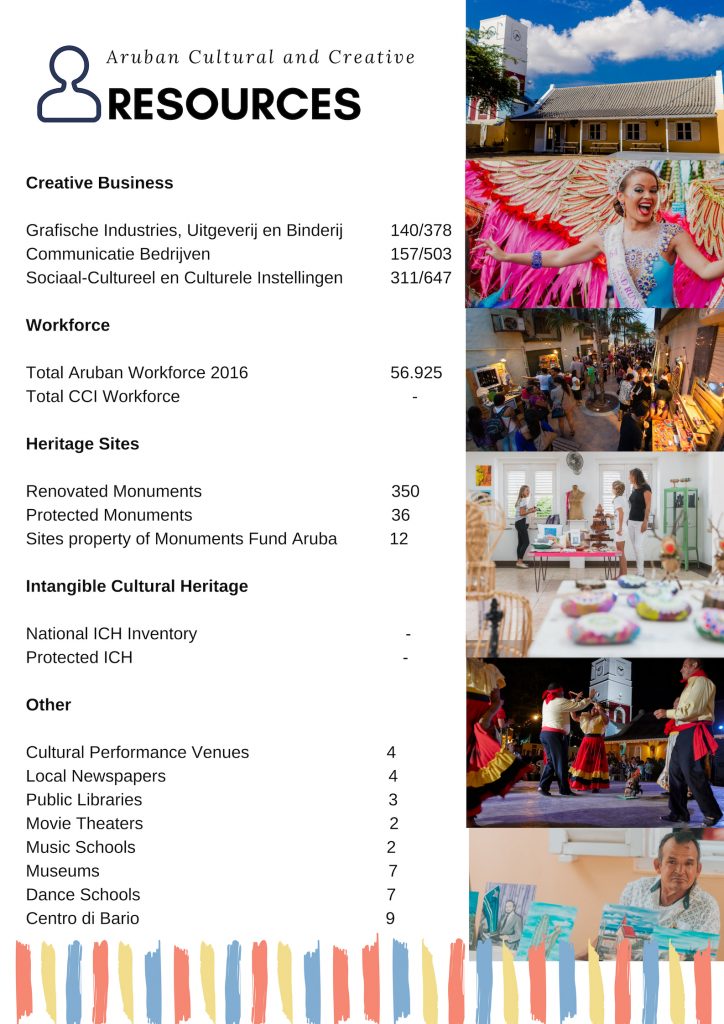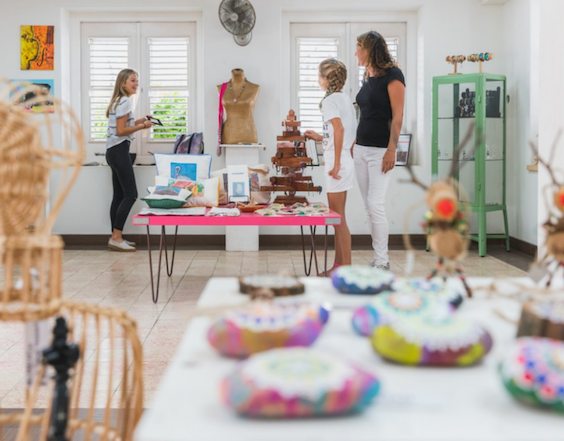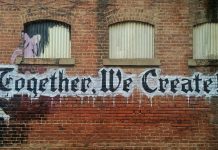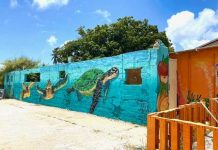Maastricht – In the past weeks we have explored various outlooks within the Cultural and Creative Industry (CCI) that serve as a foundation for understanding. We covered topics such as the CCI definition, how CCI is related to sustainability and last week, we deconstructed how CCI is related to the cultural identity formation in a country. The importance and relevance of resource inventory mapping towards the formulation and implementation of a CCI in Aruba is countless. Today we will discuss how Aruba can create a cultural and creative inventory mapping to shape the desired framework for this new industry. Starting from the bottom provides the opportunity to design our own CCI using the resources that are denounced to our own culture, historical context and our future.
Cultural and Creative Resources?
When discussing resources, many people would assume that one is talking about materialistic resources, or even more popular, human resources. Eventhough these are relevant within the CCI, today we are exploring the cultural and creative resources that are imperative for successful implementation of a CCI on Aruba. Considering all types of resources known to us, it is interesting to analyze all the diverse scales of cultural and creative resources we have on the island.
However, why do we need to know this information? Is creating and defining the Aruban CCI not enough for implementation? Well, when you are an inspiring entrepreneur ready to meet with investors to start a new business. Some common questions that might be asked are; What resources do you have? What does your capital consist of? What are your assets? For the implementation of a CCI we would ask; What are the cultural and creative resources available. For Aruba, what are the resources available to us. Are these resources enough for a CCI implementation? How realistic are these resources?
Before we get lost answering these questions, let’s understand what cultural and creative resources look like. Resources can be human, natural, social, economic, or man built. Examples of cultural resources are: the arts, media activities and institutions; the local human, natural and cultural heritage; creative and cultural enterprises; festivals and events; youth cultures and lifestyles; the diversity of the local community; universities and private sector research centers; the repertoire of local products and skills in the crafts, manufacturing and services; the natural and built environment (Ghilardi, 2007).
A common formula that has been used by many international organizations and countries around the world has been the resource inventory mapping framework. This framework is used to create a unified inventory of all the types of available resources. This creates a benchmark measurement opportunity to access whether we have enough resources for implementation and to know what other resources are missing. It relates to the question we ask ourselves today, is culture and creativity enough for CCI implementation?
Post Research Findings
With the use of the Sustainable Development Goals (SDGs) indicators and the Cultural and Creative Cities Monitor (CCCM) I indicated four focus areas in my bachelor thesis research “Placing Culture and Creativity at the Heart of the Aruban Sustainable Development”, which are; the number of creative business of the island, the CCI workforce, the number of heritage sites and the intangible cultural heritage.
- Creative Businesses
Taking a look at the findings of the research, there seems to be a decrease in the amount of registered creative business at the Aruba Chamber of Commerce. There is currently a total of 608 (140+157+311) registered creative and cultural business and/or organizations, when there used to be a total of 1528 (378+503+647).
2. Workforce
The total Aruban workforce according to the Department of Labor of Aruba was 56.925 in 2016. However, due to the lack of the Aruban CCI definition the current CCI workforce could not be estimated.
3. Heritage Sites
Currently, Aruba has a total of 350 renovated monuments. Of these 350, a total of 36 are protected monuments (10.3%). The Monuments Fund of Aruba (independent from the government) owns around 12 monument buildings.
4. Intangible Cultural Heritage
The indicator with the least development turn up is the intangible cultural heritage. Aruba does not have a national ICH inventory as prescribed by UNESCO. Alongside this, there are no protected Aruban ICH to this day.
5. Other
To gain further insight of other forms of cultural and creative resources, this research has also included tangible resources, such as specific cultural and creative venues and institutions.

Overall, these results indicate the importance of completing an inventory mapping. Together with defining the Aruban CCI, the focus should remain on using everything we have to its full potential. The argument most of the time is that it would cost too much monetary investment to create a CCI, however, many countries have developed their CCI through smart practices of their own resources. The idea is a gradual and efficient growth for the CCI. In the end, it does not only take having culture and creativity to have a successful CCI.
¤¤¤¤¤¤¤¤¤¤¤¤¤¤¤¤¤¤¤¤¤¤¤¤¤¤¤¤¤¤¤¤¤¤¤¤¤¤¤¤¤¤¤¤¤¤¤¤¤¤¤¤¤¤¤¤¤¤¤¤¤¤¤¤¤¤¤¤¤¤
Cultural Highlights
Congrats DCA and CdC with C100
The Creative Islander wants to congratulate the Department of Culture of Aruba with their 40th anniversary and the Cas di Cultura with their 60th anniversary. Together 100 years of hard work and dedication towards the cultural development of the Aruban community. Masha pabien!
Opening Community Museum
On September 28th 2018 the Fundacion Museo Arubano (FMA) had the grand opening of the Aruban Community Museum in the cultural city of San Nicolas. This new museum is located in a historical monument, namely the “Nicolas Store”. The Creative Islander wishes the best of success to FMA with this expansion.
Carnaval Expo soon
The Minister of Infrastructure, Mr. Oduber announced together with FMA on the upcoming Carnaval Expo in San Nicolas, celebrating the 65th anniversary of carnival in Aruba.
¤¤¤¤¤¤¤¤¤¤¤¤¤¤¤¤¤¤¤¤¤¤¤¤¤¤¤¤¤¤¤¤¤¤¤¤¤¤¤¤¤¤¤¤¤¤¤¤¤¤¤¤¤¤¤¤¤¤¤¤¤¤¤¤¤¤¤¤¤¤











